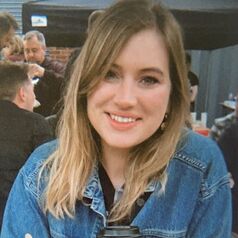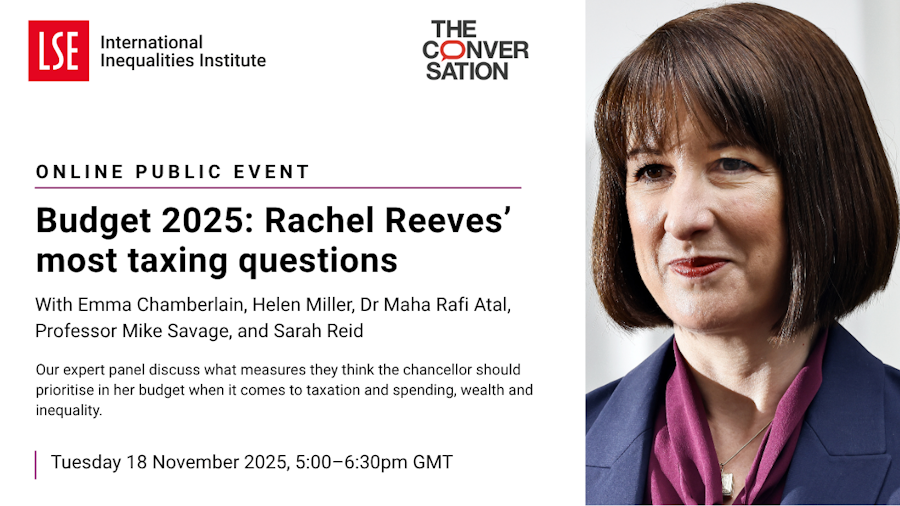|
|
|
|
I grew up in a house full of books. Not adventures or romances, but enormous, glossy art tomes. They were often so heavy I could barely lift them (not that that ever put me off). In the largest, glossiest tome, there was one page I turned to again and again: Francisco Goya’s Saturn Devouring His Son. In it, a wild-eyed man grasps what appears to be a child with both hands and tears at their flesh. The painting terrified and fascinated me in equal measure – and still gives me the heebie jeebies today.
This Halloween, I asked seven of our experts to describe the painting that haunts them. From smiling spiders to twisted fairy tales, their picks are the stuff of nightmares.
Goya wasn’t the only thing to keep my younger self up at night – dinosaurs did their part too. But the discovery of a precious-sounding “mini T rex” – Nanotyrannus to use its proper name – might just cure that fear. Don’t be fooled by the “nano”, though: at 700kg it was still the size of a polar bear.
When November 1 rolls around, many of us will toss out leftover Halloween sweets. But while we feel guilty about wasting food, it may be the plastic wrappers we should really worry about. So why do we react much more strongly to edible waste? According to these researchers, the answer lies in how each act of wastage is morally framed.
|

|
Anna Walker
Senior Arts + Culture Editor
|
|

Saturn Devouring His Son by Francisco Goya (1820-1823).
Museo del Prado
Chloe Ward, Queen Mary University of London; Åsa Harvard Maare, Malmö University; Catherine Spooner, Lancaster University; Daisy Dixon, Cardiff University; Frances Fowle, University of Edinburgh; Karl Bell, University of Portsmouth; Pippa Catterall, University of Westminster
From gruesome portraits to creepy critters, these are the paintings that have stayed with our experts long after their first glimpse.
|

A pack of Nanotyrannus attacks a juvenile T rex
Anthony Hutchings
Abi Crane, University of Southampton
The fossil may help end a long-running debate in palaeontology.
|

Miljan Zivkovic/Shutterstock
James Cronin, Lancaster University; Alexandros Skandalis, Lancaster University; Charlotte Hadley, Lancaster University
Damaging as it is, food waste has an end point: it decomposes, breaks down, and returns to the soil. Plastic packaging persists indefinitely.
|
World
|
-
Tom Harper, University of East London
Will Trump’s meeting with Xi lower the temperature between China and the US?
-
Chee Meng Tan, University of Nottingham
Donald Trump has called his meeting with Xi Jinping in China ‘amazing’.
-
Adriana Marin, Coventry University
The hard-line approch to law enforcement risks perpetuating the lawlessness it is trying to stamp out.
|
|
Politics + Society
|
-
Paul Whiteley, University of Essex
Welsh identity is strong in Caerphilly, even by Welsh standards. This should have been factored into polling.
-
Femi Owolade, Sheffield Hallam University
Claims that sharia law threatens Britain’s legal system ignore the country’s history of accommodating multiple legal traditions.
|
|
Arts + Culture
|
-
Jan Machielsen, Cardiff University; Paul Webster, Cardiff University
As long as we live in a world where people are persecuted for perceived differences, memorialising accused witches will reveal the deadly consequences of ‘othering’.
-
Catherine Bannister, University of Sheffield
Real facts based on hard research for kids who are serious about ghosts.
-
Samuel Jesse Cox, University of Tübingen
Across both trilogies, two opposing views of Dust exist.
|
|
Business + Economy
|
-
Maud Borie, King's College London; Sarah Bracking, King's College London
At its most basic level, sciencewashing entails using the vocabulary of science, and borrowing its authority, to claim sustainability outcomes.
|
|
Education
|
-
Paty Paliokosta, Kingston University
Parents see their children’s strengths, struggles, and the little things that make a big difference.
|
|
Environment
|
-
Jamie Woodward, University of Manchester; Jeff Warburton, Durham University; Stephen Tooth, Aberystwyth University
Since Dolgarrog, the UK has had an excellent reservoir safety record but disasters do still occur.
-
Lynda Yorke, Bangor University; Giuseppe Forino, University of Salford
A century after a dam burst in Dolgarrog, killing 16 people, the Welsh village still lives with the legacy that reshaped UK safety laws and its own identity.
-
Muireann McMahon, University of Limerick
Hospitals generate thousands of tonnes of waste every year – much of it single-use plastics. But a circular future for healthcare is closer than you might think.
-
Anna Turns, The Conversation; Sarah Reid, The Conversation
This week, The Conversation UK’s environment and business teams join forces to look into how we as consumers can make our money greener.
|
|
Health
|
-
Anthony Booker, University of Westminster
Was there any scientific basis to potions, lotions and salves that folk healers prescribed, or was it all just hocus pocus?
-
Adam Taylor, Lancaster University
On Halloween, children face a fourfold increase in pedestrian deaths and a 70% spike in life-threatening allergic reactions – here’s what you need to know.
-
Dipa Kamdar, Kingston University
Your Halloween sweets might do more than cause a sugar rush. Some ingredients can interfere with medicines or trigger harmful reactions.
|
|
Science + Technology
|
-
Alex Dittrich, Nottingham Trent University
They’ve got better things to be getting on with than plotting with witches.
|
|
Podcasts
|
-
Gemma Ware, The Conversation
Why early Protestants embraced demons and witches but turned their backs on ghosts. Listen to expert Penelope Geng on The Conversation Weekly podcast.
|
|
|
|
| |
| |
| |

|
| |
| |
| |
|
|
|
|
| |
| |
| |
| |
| |
|
|
|
|
|
|
|